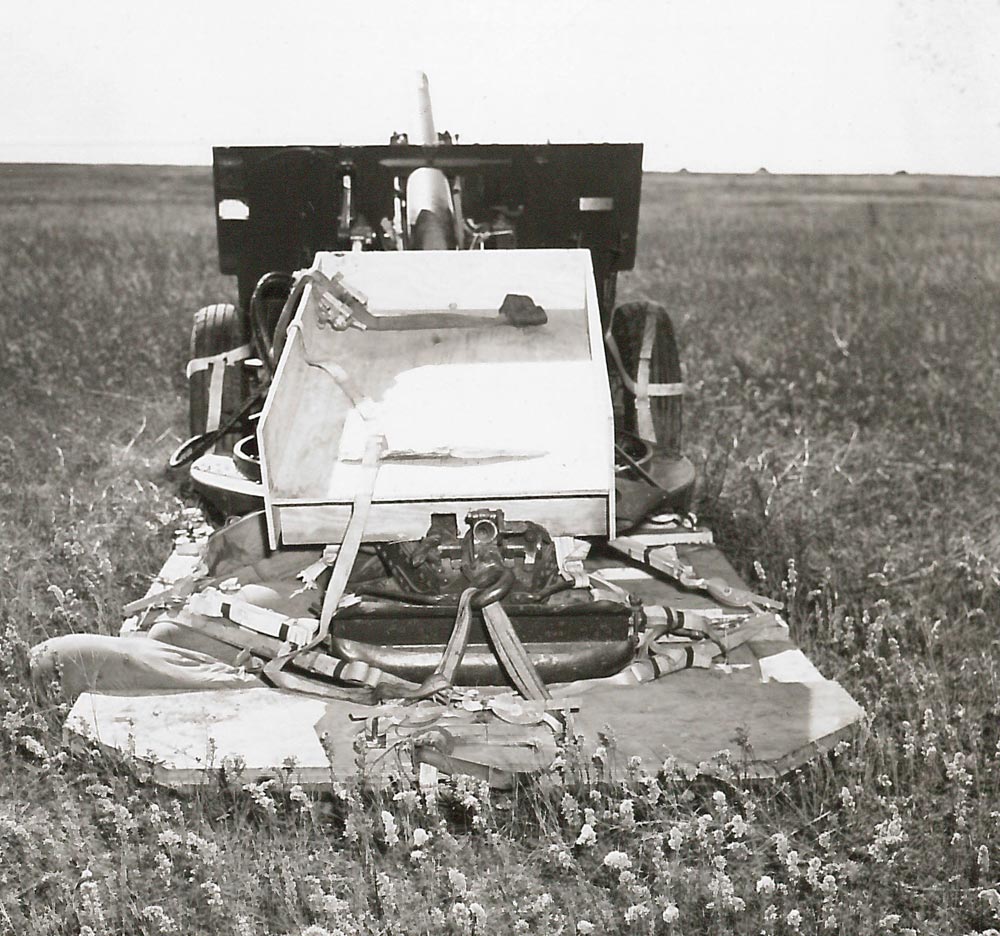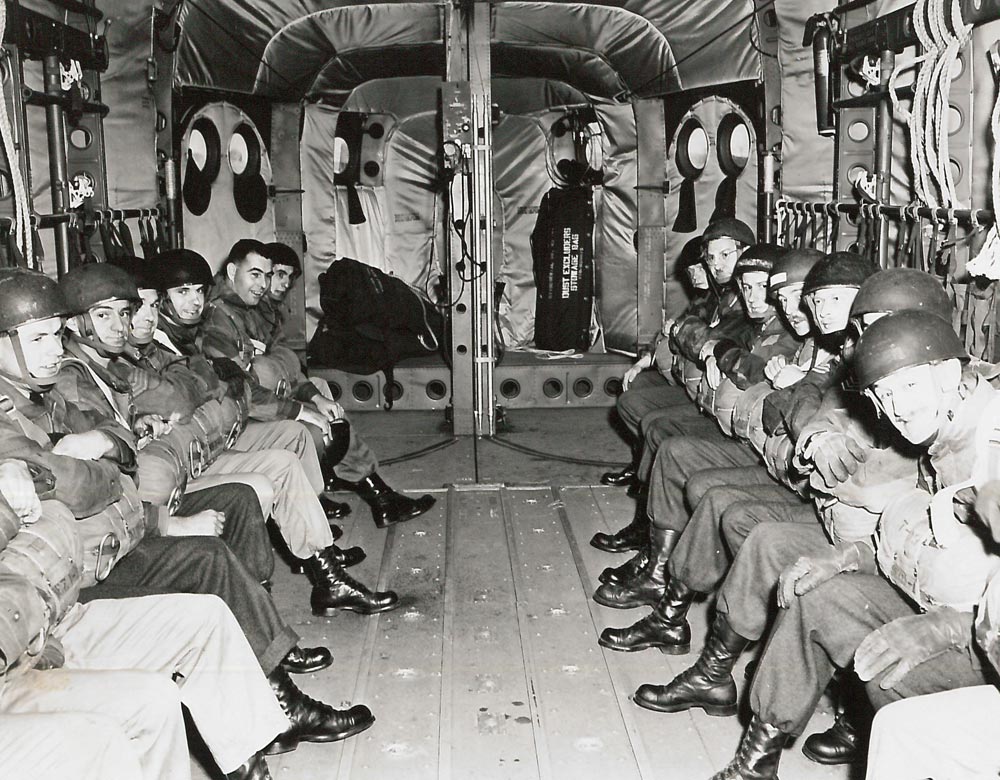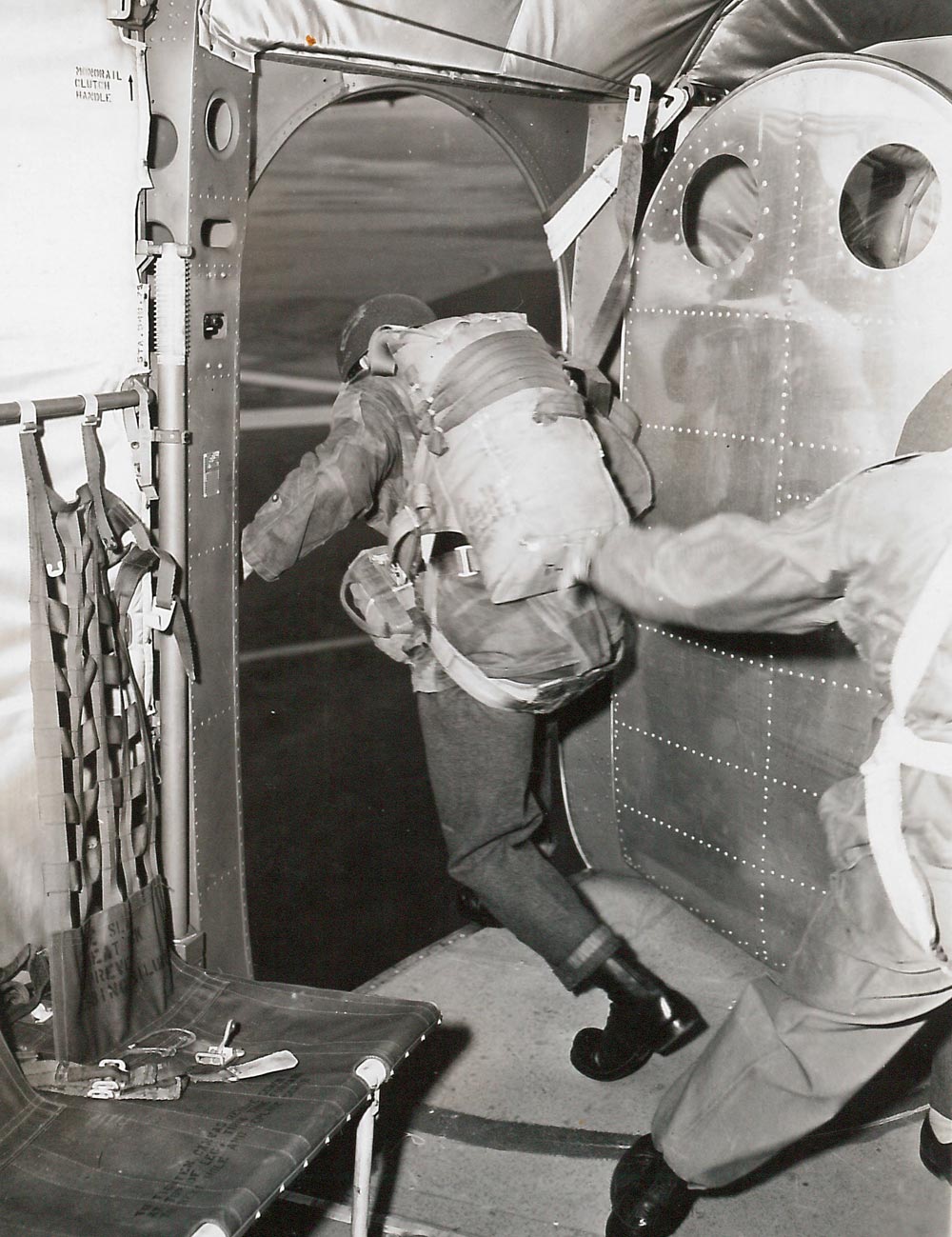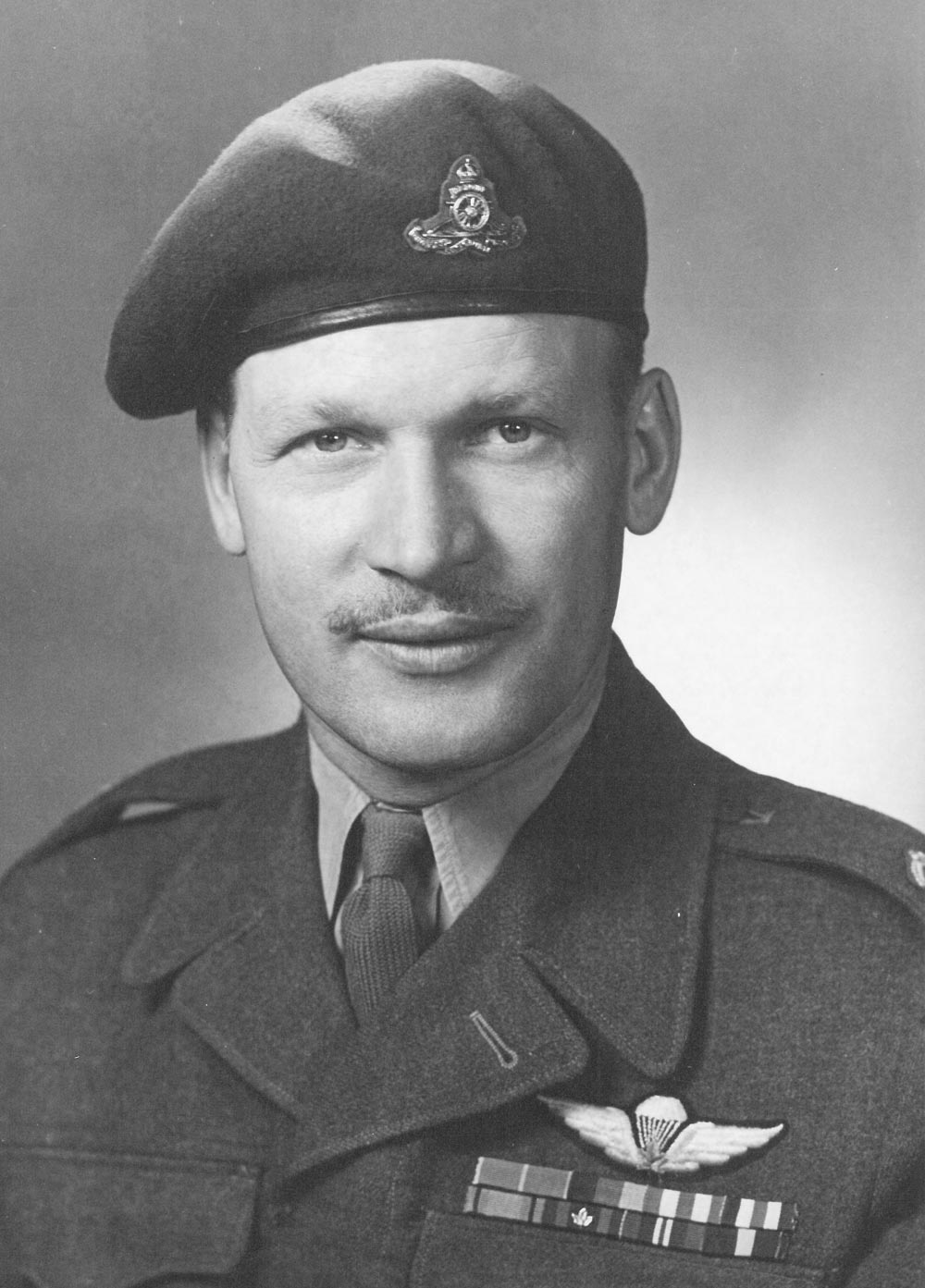
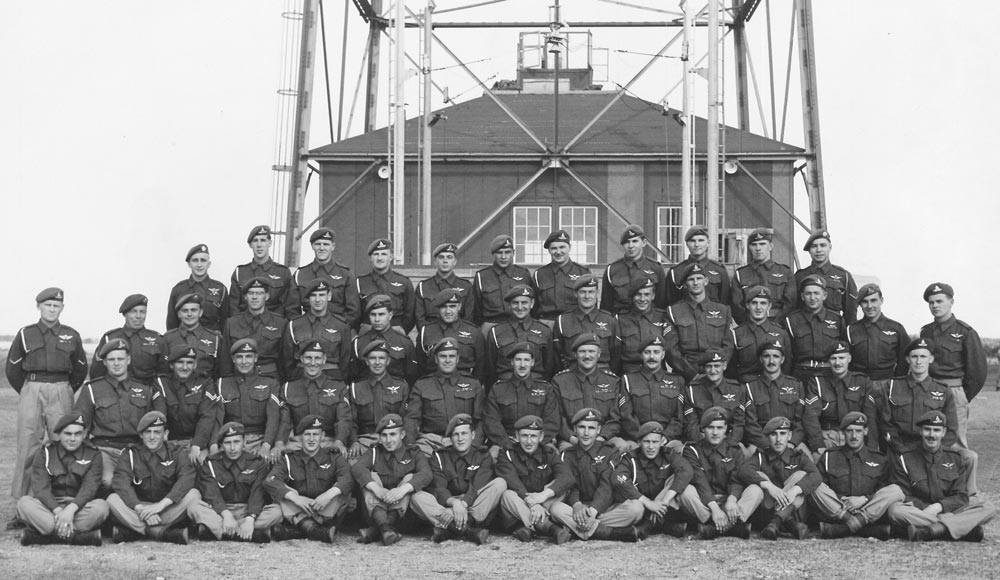
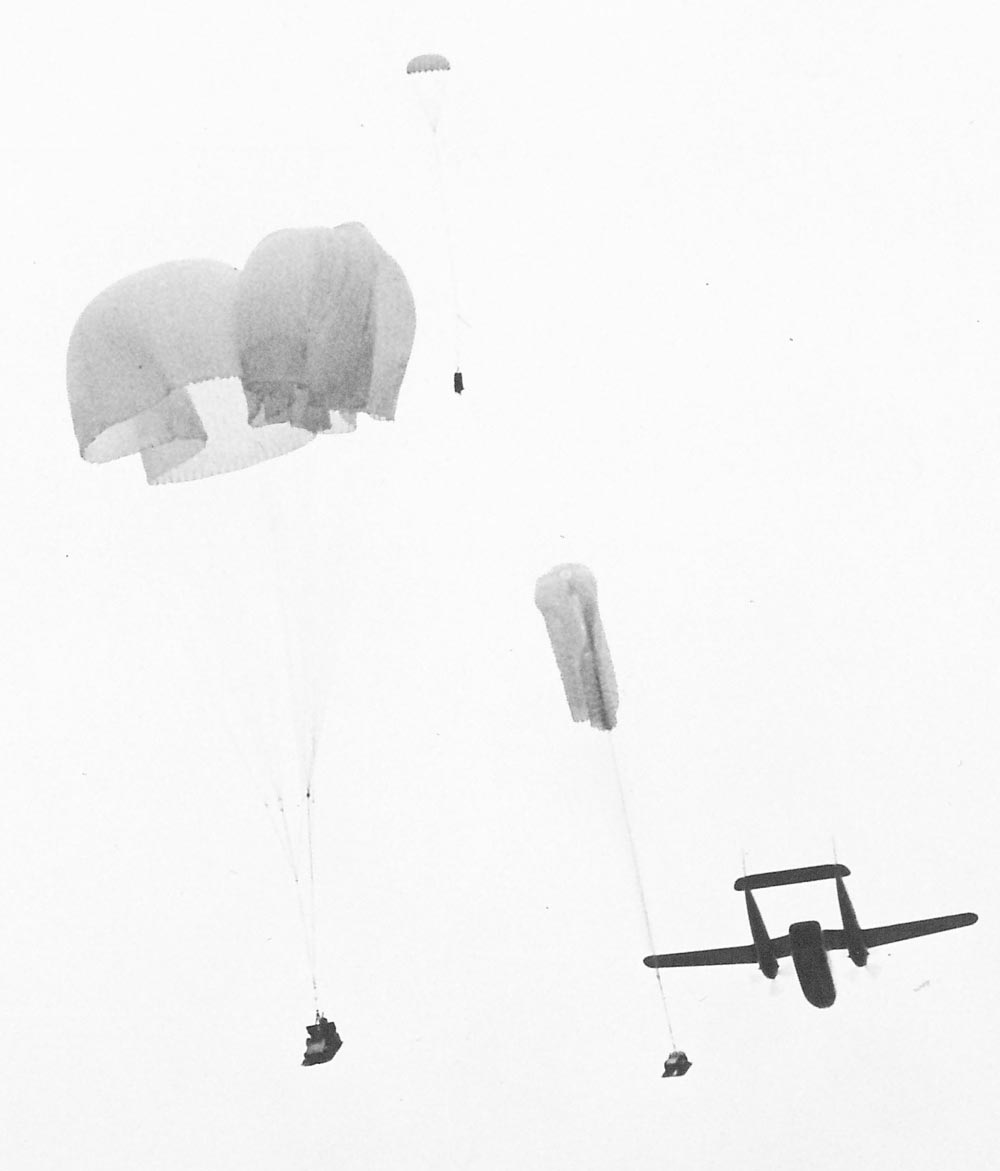
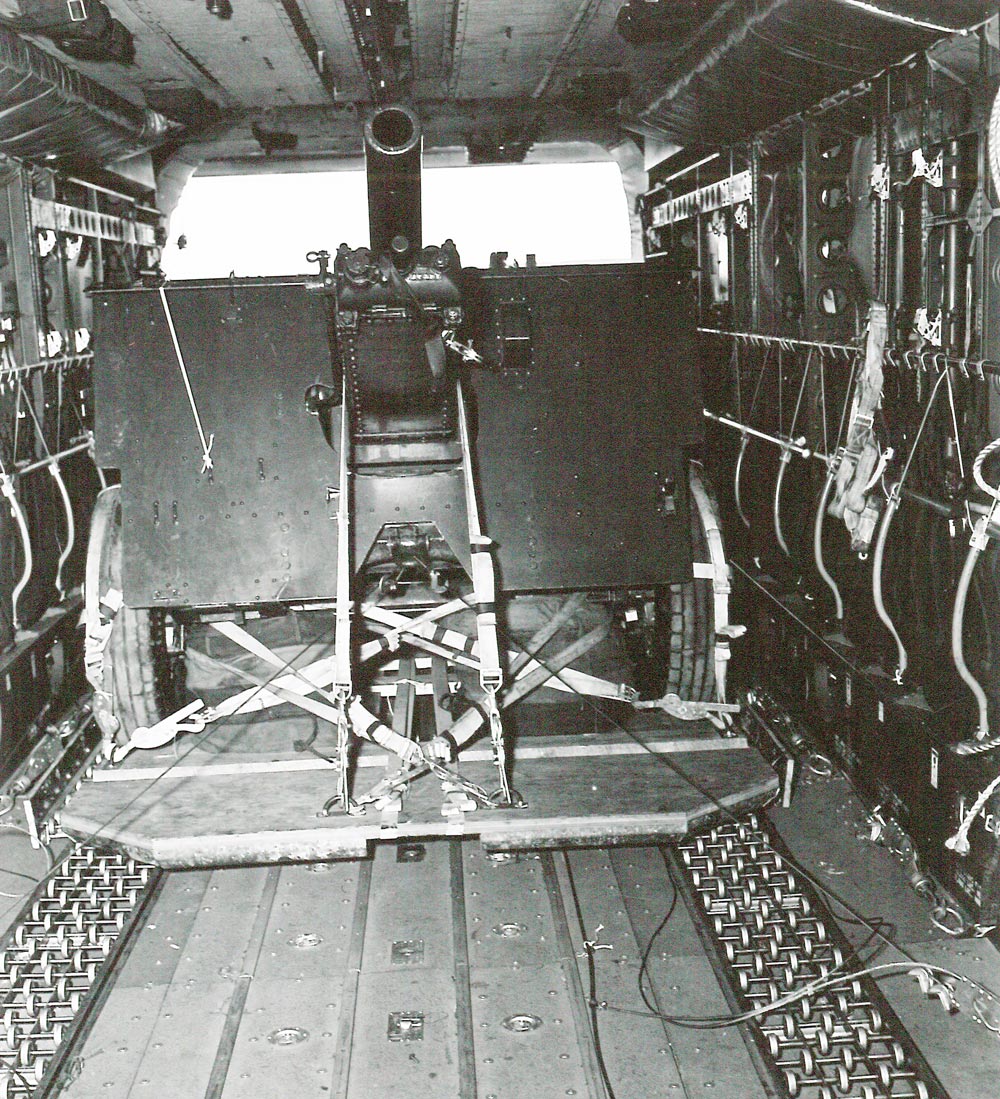
Andrew Oakden
Stag Special
There are many stories about Airborne Gunners from 1942 onward — Canada has a notable history of Gunners serving in airborne units.
Canadian Gunners served in the 1st Canadian Parachute Battalion as infantry paratroopers starting in 1942. They also served in the Devils Brigade — First Special Service Force — as elite commandos under United States command starting in 1942.
It was not until 1944, that they took on Gunner roles in the First, Second and Third Forward Observation units of the Royal Artillery from the UK. These units saw significant action in Northwest Europe during the Second World War.
In our museum’s archives, I found an old scrapbook containing mostly photos of the Canadian Airborne from 1951 and 1952. The scrapbook belonged to LCol G. Norman Chambers, MBE, ED, CD. He was born in 1914 and enlisted in the Militia in 1930, and served with the Canadian Army during the Second World War, with deployments in Italy and Northwest Europe.
He commanded the First Light Battery (Para) with 1RCHA starting in January 1951. He served in this capacity until mid-1952, when he was selected to attend the senior officers’ school in the UK.
In 1956, he became deputy director of the artillery at Army Headquarters, and in 1958, he commanded the Second Regiment, RCA in Winnipeg. He passed died in 1960 at age 46.
We are very fortunate to have his scrapbook containing about 100 photographs of Canadian Airborne Gunners in action from 1951 and 1952.
He took many of these photos in Manitoba at Camp Shilo or Rivers.
Of note, the Canadian Military deployed the First Light Battery (Para) from Camp Shilo — this battery regularly trained in Rivers.
In the early 1950s, Airborne Gunners’ weaponry included the 75 millimetre Pack Howitzer and 4.2-inch mortar. The museum has examples of both on display.
These elite Airborne Gunners used the Lee Enfield Number 4 MK1 and nine-millimetre Sten machine gun.
Joining the Airborne and acquiring certification through the jump school helped advance a soldier’s military career. This was an elite achievement.
Airborne Gunners trained as paratroopers in the air, then functioned as Gunners on the ground. They also dropped artillery from aircraft, including the 75 millimetre Pack Howitzer, 4.2-inch mortar and a 25-pounder field gun.
I was surprised to see photographs of the 25-pounder loaded on aircraft, flying through the air with a parachute, and then landing either on the Camp Shilo ranges or near Rivers.
